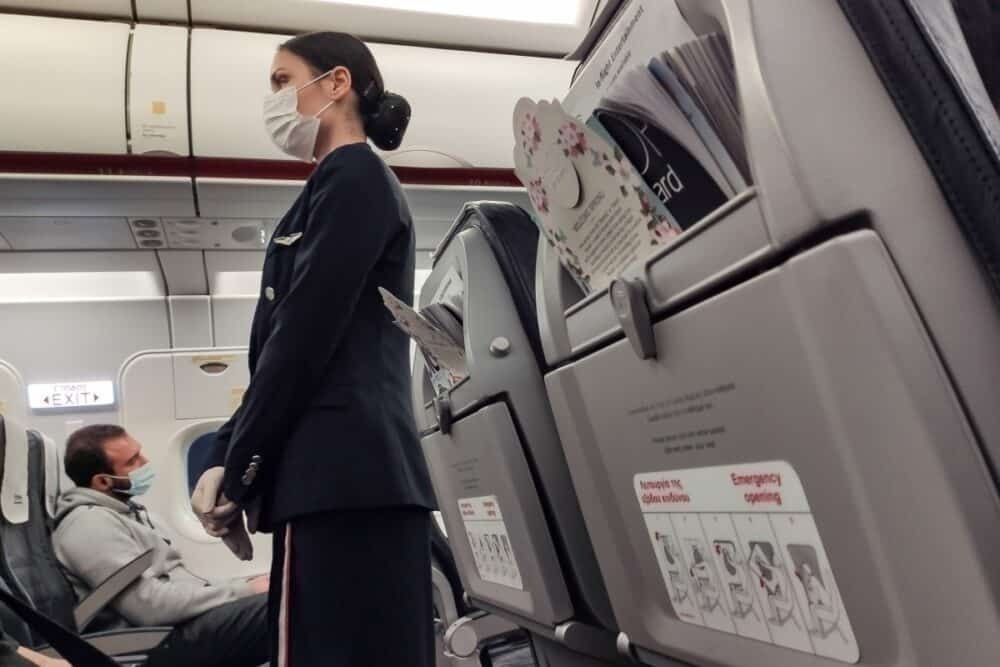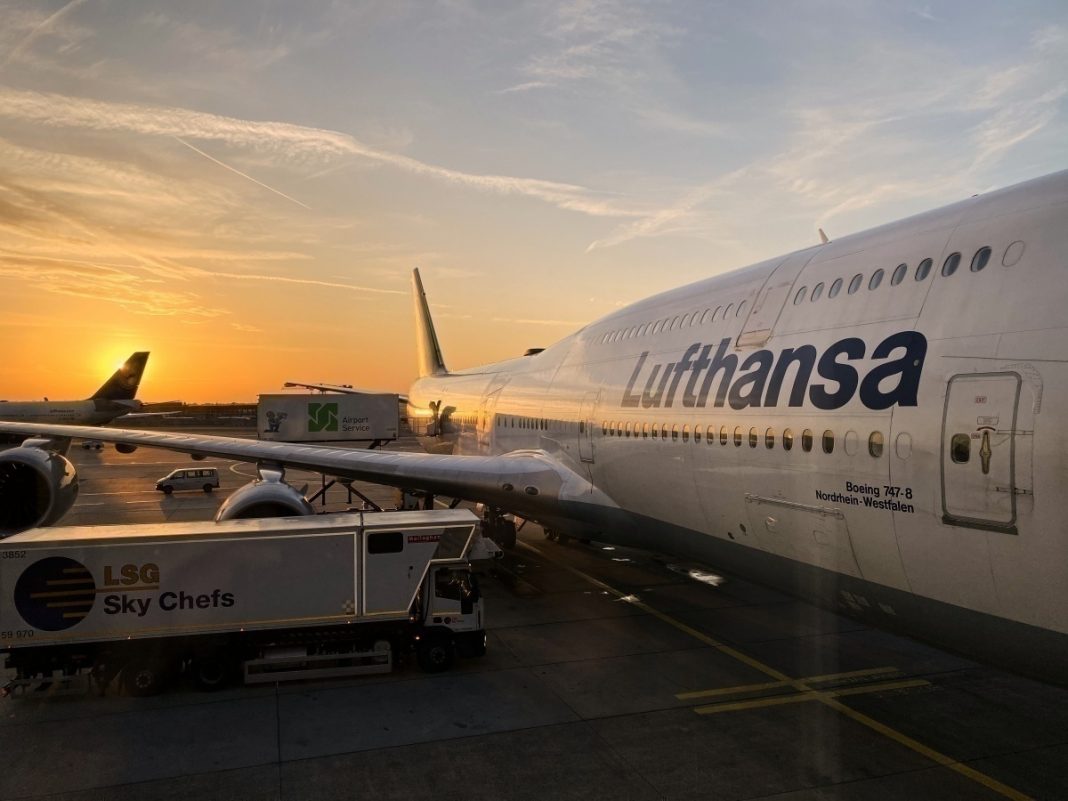Airlines primarily employ flight attendants to perform safety functions on an aircraft. This function operates alongside their conspicuous customer service presence. The role is often portrayed as being quite glamorous. However, as with any job, it has both its pros and its cons. The following are what Simple Flying believes to be the three most significant positives and negatives of working as a flight attendant.

The positives
Working as a flight attendant can have a plethora of benefits. Simple Flying considers the three most significant of these to be as follows:
Travel benefits
One of the best perks of working as a flight attendant is the discounted, or sometimes even free, travel that the role offers. A job that pays you to fly to new cities worldwide while providing a hotel and sometimes a long layover sounds, at face value, like a very exciting prospect indeed. Additionally, many airlines have contracts with each other that allow flight attendants to fly for free all over the world. In some cases, the perks also extend to members of their family.
Flexibility
For many people, a conventional working week consists of weekdays working roughly 9-5. Flight attendants, however, have the ability to swap, trade, drop, PTO, and essentially work a schedule of their choice depending on their seniority. Some flight attendants opt to stack their work trips so that they can travel on their days off. This means a flight attendant can essentially work full time, yet take, for example, 12 consecutive days off to travel.

Interestingly, another way of getting paid to travel is through travel rewards credit cards. Simple Flying has compiled a review of the leading examples here.
Meeting new people
If you’re a people’s person, you are likely to be very well suited to the role of a flight attendant. While safety is a flight attendant’s most important value, customer service is a close second. Over the course of a working day, flight attendants will meet and interact with people from all over the world.
Each of these people will have a different story, as passengers travel for a myriad of different reasons. There are people at the airport, on the plane, in hotels, and on layovers that flight attendants will always meet.

The negatives
In light of the aforementioned positives, it is, of course, also important to consider any downsides of the role. These are what Simple Flying considers to be the three most significant negative aspects of working as a flight attendant:
Low pay
Considering their significant safety responsibilities, flight attendants receive a comparatively low salary. This is especially the case when they first take to the skies. Indeed, it can take up to 15 years before a flight attendant is earning what would be considered a high salary. Flight attendants only receive pay for the hours in which the aircraft door is shut. Additionally, they receive a minimal daily rate while on layovers.

Reserve life
A new flight attendant will typically always be rostered as a reserve, or on-call. This means that the flight attendant may spend a lot of time waiting at home or the airport. During this time, they must wait to be called for a trip, which does not always happen. If one is assigned, a flight attendant will generally have around two hours to report for the trip.
This can be one of the toughest and most frustrating times as a flight attendant since, as reserves, cabin crew do not know the crucial details until rather short notice. These can include where they are going, how long they will be gone for, or when they will be called. Reserve flight attendants are typically rostered to work leftover trips, or are pulled in different directions depending on operational needs.

Away from home
Some senior flight attendants are able to work day turns. However, most flight attendants will have rosters that require them to be away from home for several days at a time. A flight attendant’s lifestyle can be hard if one has a family, a house, or pets. As a passenger, it is important to remember that flight attendants fly you to your family and friends instead of spending time with their own loved ones.
Conclusion
Despite the aforementioned negatives, a flight attendant’s role is, for the right people, a hugely rewarding one. However, in light of the ongoing coronavirus pandemic, now might not be the best time to apply to be one. Indeed, American Airlines has had to furlough a number of its flight attendants due to its current reduced schedule.

However, this is not the case across all carriers. Delta Air Lines, for example, announced in September that it would not be placing any of its flight attendants on furlough. This represents a sliver of hope in a very challenging period for the airline industry as a whole. Here’s to hoping that carriers can overcome the present crisis and have their cabin crew taking to the skies in full numbers once again in the not-too-distant future.
[ad_2]
Source link


